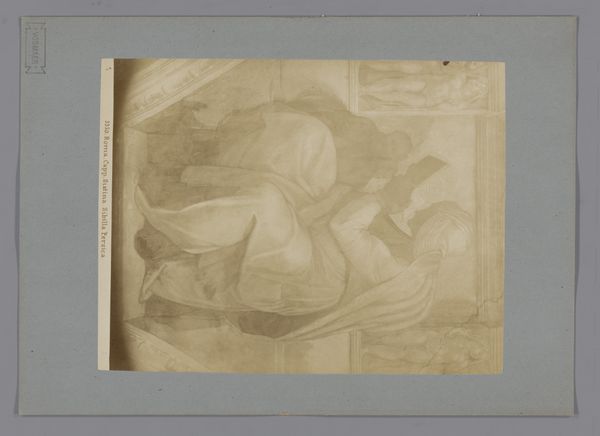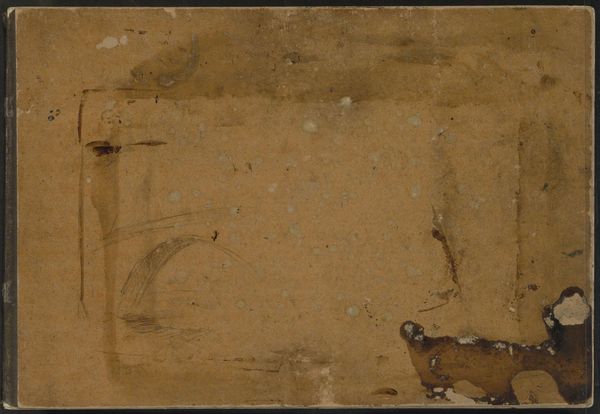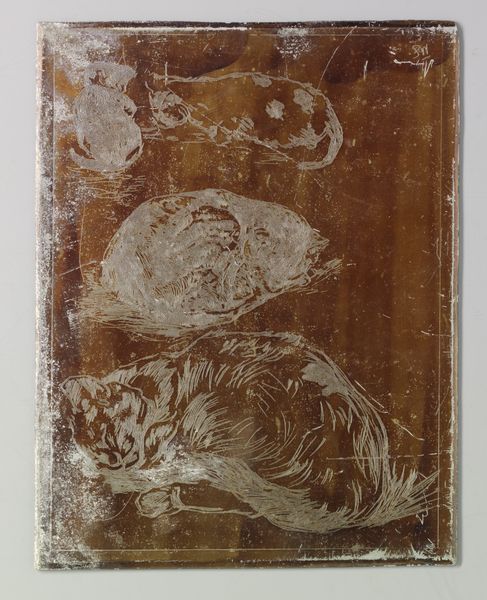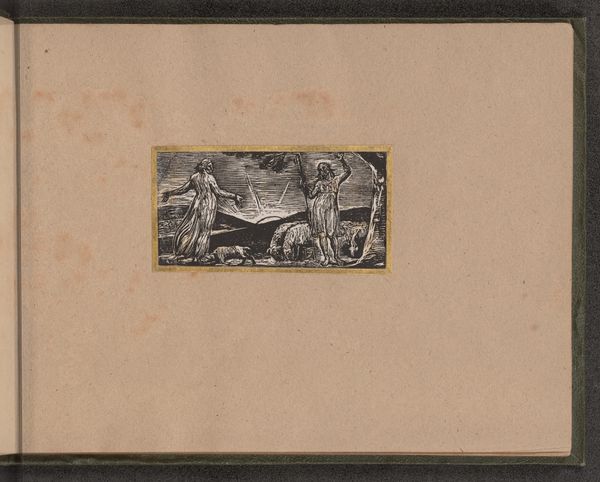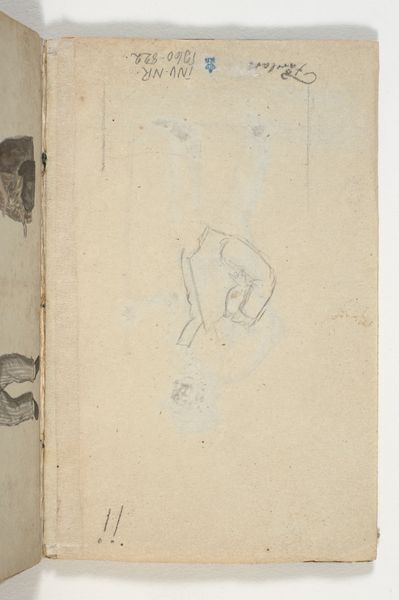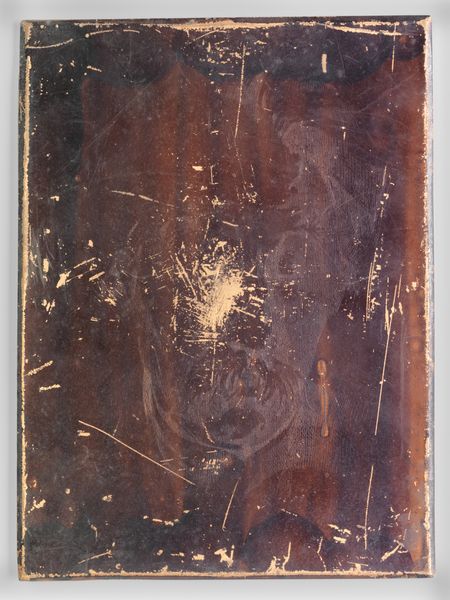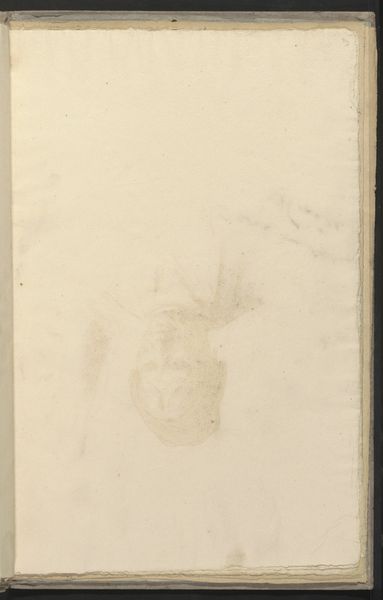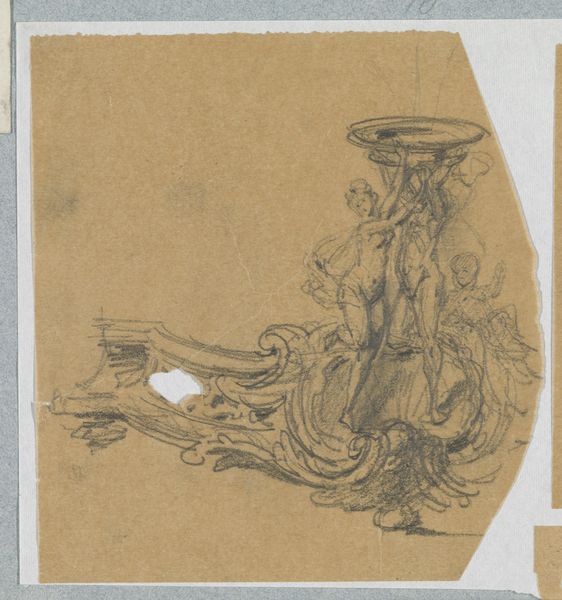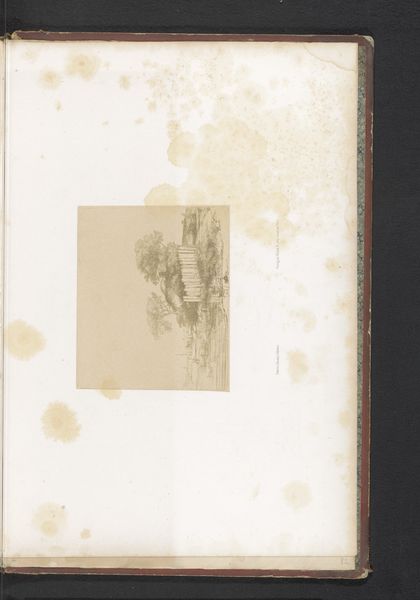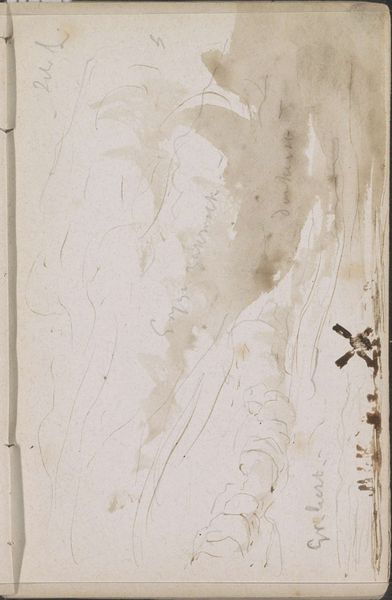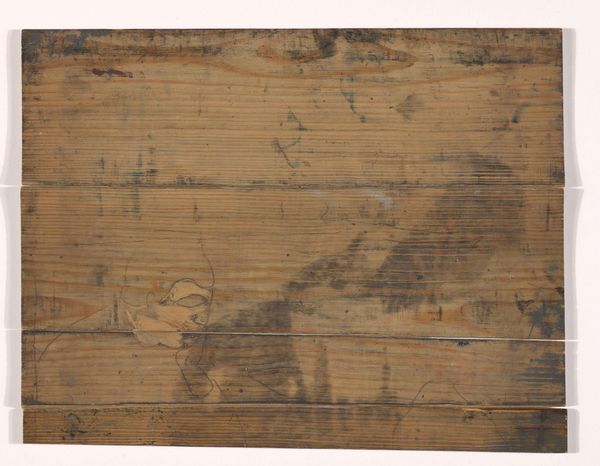
Trompe l'Oeil. Board Partition with a Still Life of Two Dead Birds Hanging on a Wall 1670 - 1674
0:00
0:00
painting, oil-paint, canvas
#
baroque
#
painting
#
oil-paint
#
oil painting
#
canvas
#
trompe-l'oeil
Dimensions: 77 cm (height) x 52.2 cm (width) (Netto), 80.9 cm (height) x 56.4 cm (width) x 5.5 cm (depth) (Brutto)
Editor: This is Cornelius Norbertus Gijsbrechts’ *Trompe l'Oeil. Board Partition with a Still Life of Two Dead Birds Hanging on a Wall*, painted between 1670 and 1674. The oil on canvas has such a strange, unsettling feel. The textures are remarkably realistic. What do you see when you look at it? Curator: It's intriguing, isn't it? I see a powerful commentary on class and consumption disguised within this illusionistic display. Who gets to eat, and who ends up on the wall as décor? Think about the political dynamics in the Dutch Golden Age, with its burgeoning merchant class and global trade. Aren't these birds, rendered with such meticulous detail, stand-ins for a broader critique of social hierarchies? Editor: That’s a compelling point. So the illusion isn't just a display of skill, but a kind of veiled criticism? Curator: Precisely! *Trompe l'oeil* in itself is a form of deception, mirroring how power structures often operate through illusions. Consider how gender and social roles might be implicated in this image. Whose gaze is privileged? Who is invited to consume this scene – both literally and figuratively? Editor: I never thought about it like that before, but it makes perfect sense! The detail feels less like artistry and more like a deliberate…exposure. Curator: Exactly! And that exposure invites us to question the seemingly innocent representation of everyday objects. It asks us to look beneath the surface, much like feminist theory encourages us to question patriarchal norms. What does this shift in perspective reveal to you now? Editor: I see an assertion to consider not just the skill of the artist, but what the artist, or those commissioning the art, were communicating about power, society, and life at the time. Thanks so much for pointing this out! Curator: My pleasure. I believe that with deeper questioning art may serve as an artifact that documents how we operate within oppressive constructs; together we may find liberation through questioning it.
Comments
No comments
Be the first to comment and join the conversation on the ultimate creative platform.
